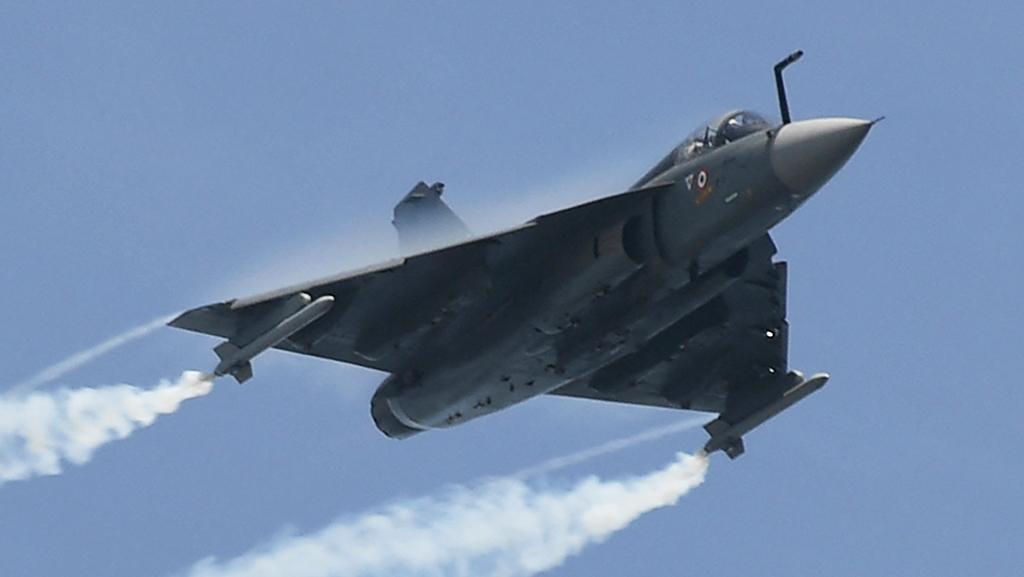
India has more than 700 combat jets in its air force and navy fleets. Most were imported, making the country the world’s largest fighter export market, at least in units. Yet India faces three serious questions about its future fighter force that tell us a lot about where the military aviation market is going.
First, how will India and Russia’s other customers replace Russia as an arms supplier? More than half of India’s fleet is Russian-designed or -built, making India Russia’s largest customer. Domestic production of Sukhoi Su-30 fighters continued until 2021. Yet it is clear that for political and technical reasons, Russia is no longer a reliable supplier. Last year, India ended talks over a Kamov helicopter purchase, due in part to doubts about Russia’s ability to execute on the deal.
Fortunately for India, its Sukhoi fleet has a high level of localized product sustainment, including an indigenous upgrade capability. But Russian aircraft have never been famous for their durability or longevity. India’s Sukhoi fleet might last a few decades, but the country’s Mikoyan MiG fleet might not have a long future.
Like other Russian defense clients, India sourced from Moscow in part because it wanted to chart a course as a nonaligned power and did not want to be beholden to Western suppliers. For political reasons, China is not an option. South Korea or Turkey might be acceptable non-Western sources or partners, though.
India and other countries are also counting on new, homegrown solutions for future fighters. The Hindustan Aeronautics Ltd. (HAL) Tejas Light Combat Aircraft is intended to provide the kind of hedge against Western dependence that Russian jets once provided.
This raises the second big question: How soon can the Tejas enter high-rate production? The program began almost 40 years ago and first flew 22 years ago, yet just 30 production aircraft have been built, and output is only around eight per year.
Also, the Tejas is a light design, with a limited range and payload that might be inadequate for India’s Air Force requirements. While a heavier Tejas variant has been discussed for over a decade, no firm signs of it are in sight, and a new Indian medium fighter will likely need to be a clean-sheet design. Given the Tejas timeline, this new jet might not arrive until the 2040s.
In short, it is unlikely that the Tejas or any new-start Indian fighters will solve the country’s combat aircraft problems in the short term, but they will absorb considerable financial and industrial resources, and their backers will argue against alternative platforms.
The third question is: Can a state-owned company provide a meaningful component of national defense requirements? If not, can India liberalize its market to allow for true competition?
State-owned companies in any industry tend to be complacent, thriving on patronage and protection from domestic and international competition. HAL’s performance on the Tejas and its legacy of working primarily with Russian partners hardly encourage hope that it could be an exception.
Worse, after the Rafale won India’s Medium Multi-Role Combat Aircraft competition in 2012, the deal collapsed because Dassault and HAL were unable to reach an agreement. Reportedly, HAL had demanded that Dassault guarantee HAL’s work on local production, a nonstarter for the French manufacturer.
Thus, Rafale procurement was limited to 36 jets, the most the Indian Air Force could buy without HAL’s involvement. The air force actually wants 126. In July, the Indian Navy selected the Rafale for a 57-aircraft carrier jet requirement, but it will likely face the same HAL obstacle.
Buying 183 Rafales would go a long way toward solving India’s fighter problems. But if they can be imported directly only in small batches over long periods, and if HAL will not be an acceptable local production partner for Dassault, will India’s vibrant private sector companies be allowed to challenge HAL? Companies like Tata, Mahindra and Reliance Industries play a growing and important role in Indian defense, but so far HAL has had a lock on fighter production.
India’s military faces difficult procurement decisions. The existing paths are not sustainable. While muddling through with a mix of small-batch buys, old aircraft upgrades and continued limited progress on national programs is the likely way forward, the severity of the crisis offers latitude for bigger changes. These changes could make the Indian military significantly more effective and would have implications for the broader world combat aircraft market.






Comments